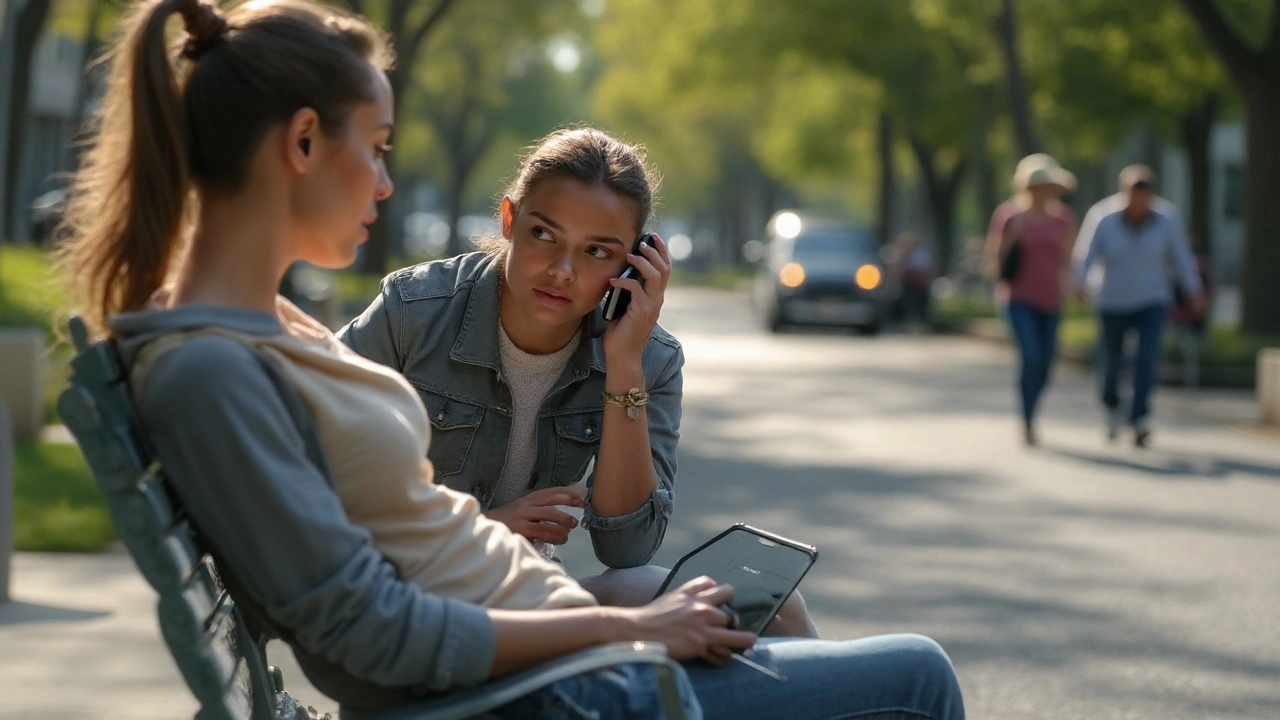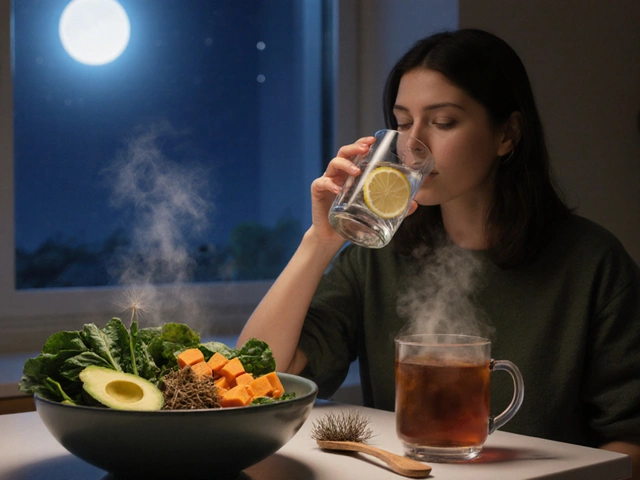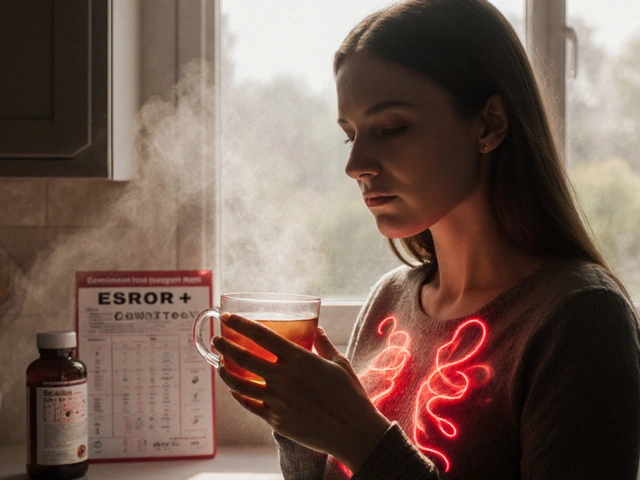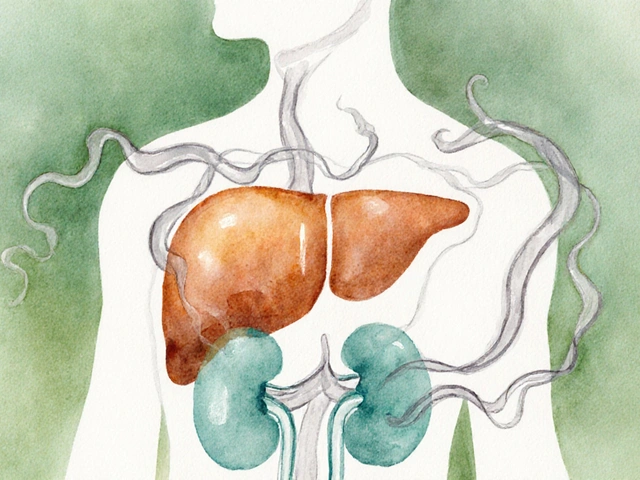Opioid Overdose: Recognize & Respond Fast
An opioid overdose can happen quickly. Knowing the signs and the right actions can save a life. This page gives clear, practical steps you can use right now — from spotting trouble to using naloxone and getting help afterward.
How to spot an overdose
Look for these red flags: very slow or no breathing, tiny pinpoint pupils, unresponsive or hard to wake, pale or bluish lips and fingernails, choking or gurgling sounds. If someone is unconscious but breathing very slowly, treat it like an emergency. Don’t wait for every sign to appear — if you suspect an overdose, act.
What to do right now
Call emergency services immediately. If naloxone (Narcan) is available, give it right away following the product instructions. Lay the person on their side in the recovery position if they’re breathing to keep their airway clear. If they’re not breathing, start rescue breathing or CPR if you’re trained. Stay with them until help arrives and be ready to give another naloxone dose if they don’t respond and instructions advise you to do so.
Naloxone can reverse an opioid overdose temporarily. It won’t harm someone not on opioids. You can get naloxone from many community programs, pharmacies, or local health services. Know how it’s used before an emergency — practice makes response faster and calmer.
There are Good Samaritan laws in many places that protect people who call for help during an overdose. Saying you’re calling for medical help is usually better than trying to handle it alone. Emergency responders will assess and treat the person and often connect them to follow-up care.
After the immediate emergency, professional care matters. An overdose is a medical event, not a moral failing. Ask about medication-assisted treatment (buprenorphine, methadone) and counseling options. Medical detox and supervised care are safer than trying to quit alone. If you’re worried about privacy, pharmacists and local clinics can point you to confidential help.
Prevention tips: never use alone, test a small amount if the substance is unknown, avoid mixing opioids with alcohol or benzodiazepines, and always carry naloxone if there’s a risk. Keep phone numbers for local hotlines and treatment centers handy.
Herbal remedies and detox teas do not reverse an overdose. They may help overall wellness during recovery, but they are not emergency treatments. If you or someone you care about is using opioids, combine practical harm-reduction steps with professional addiction support.
If you want resources for naloxone, local treatment, or support groups, contact your local health department or a nearby pharmacy. Training sessions for naloxone and overdose response are often free and brief — they’re worth the time.
You can make a difference in an overdose. Learn the signs, keep naloxone handy, call for help fast, and follow up with professional care. That combination saves lives.

What to Do in Case of Overdose: Step-by-Step Emergency Guide
Take quick and smart action when dealing with overdose. Spot the signs, call for help, and use safe steps while waiting for professionals.
view more






